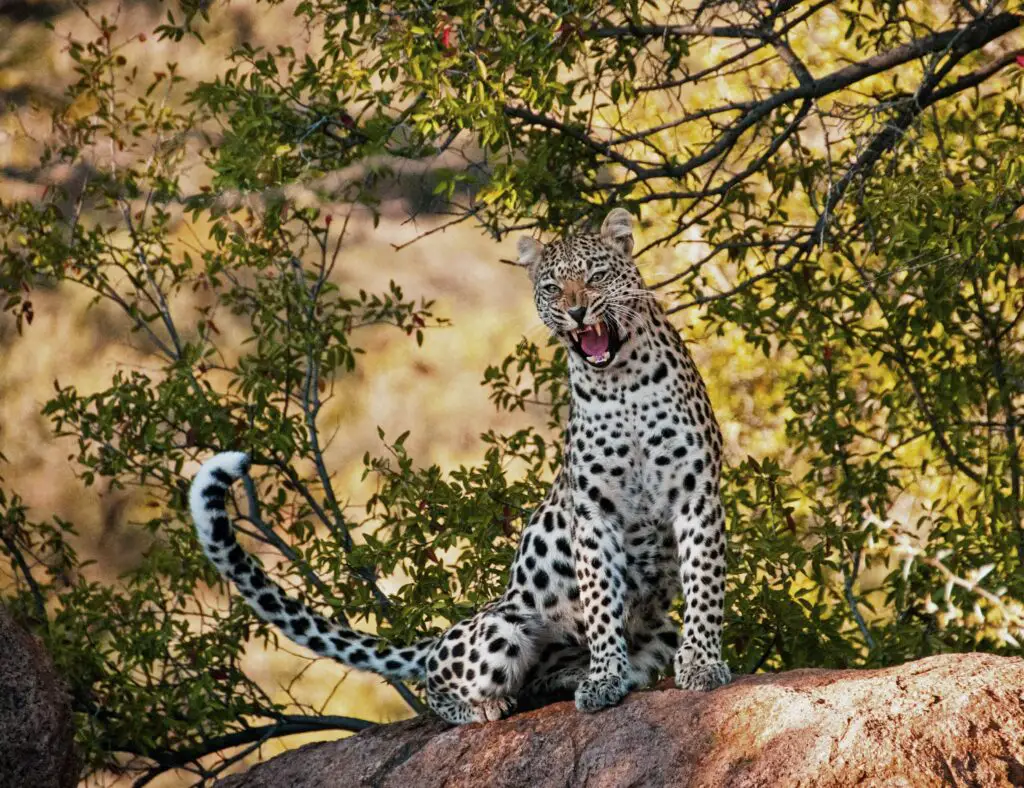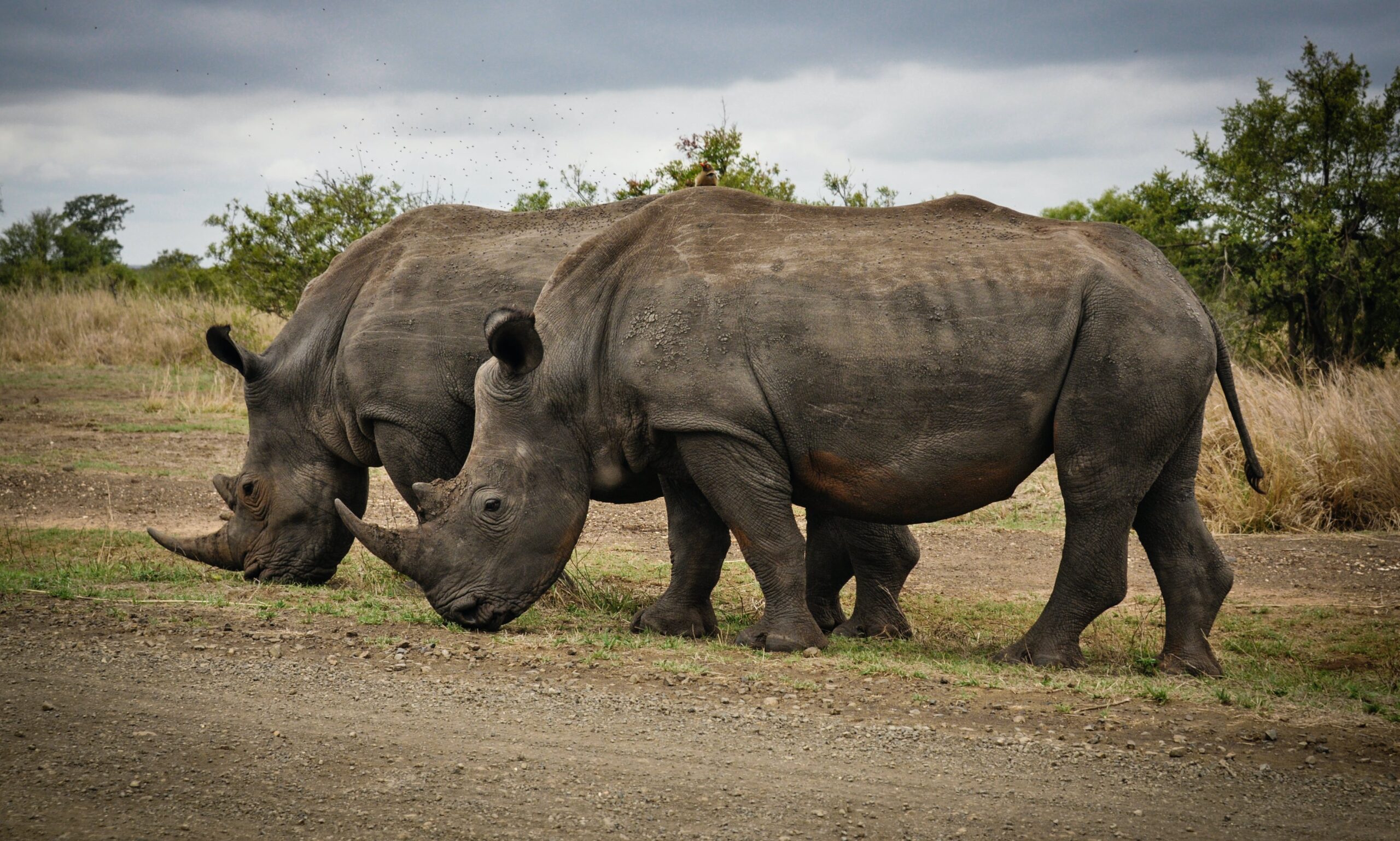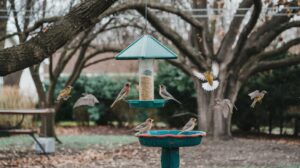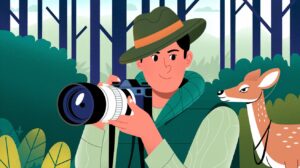Take action now to protect endangered wildlife around the world! As an animal lover like you, my heart breaks seeing the drastic decline in populations of majestic creatures around the globe. From African elephants and rhinos to sea turtles and giant pandas, many beloved species teeter on the brink.
But there is hope! Every day, courageous conservation groups fight to preserve precious habitats and spread awareness. And concerned citizens like us can make a real difference too – with a donation, volunteering, or just sharing info on social media. In this article, I’ll highlight the most at-risk animals and easy ways you can join this critical cause. Every creature, no matter how small, is vital for healthy ecosystems. So let’s explore how we can take action now to protect endangered wildlife around the world!
The Current State of Endangered Species Around the World
Wildlife conservation is one of the most pressing issues facing our planet today. According to the World Wildlife Fund, over 41,000 species are currently threatened with extinction. As the human population continues to grow exponentially, the habitats and resources that endangered animals depend on are rapidly disappearing.
Many endangered species are on the brink of vanishing forever due to poaching, habitat loss, and climate change. The number of majestic animals like elephants, rhinos, tigers, and gorillas has been decimated. These beautiful creatures are in a desperate fight for survival. If we don’t take action now, future generations may never get the chance to see them in the wild.
As an animal lover, it breaks my heart to see so many species struggling. But the good news is, there are many ways we can all help. We can spread awareness about endangered wildlife on social media, reduce plastic usage, and support reputable charities and conservation efforts. Every small act makes a difference. Together, we have the power to turn the tide and ensure these precious animals are around for generations to come.
Personally, I donate monthly to the World Wildlife Fund and International Animal Rescue. These organizations work tirelessly to protect habitats, combat poaching, and care for injured or orphaned animals. I also do my best to reduce waste in my daily life by using reusable bags, bottles, and containers. And of course, I share information about endangered species on my social platforms to raise visibility. I encourage you to also get involved in any way you can. Our planet’s most vulnerable animals depend on us. There’s still hope – but we must act now before it’s too late!
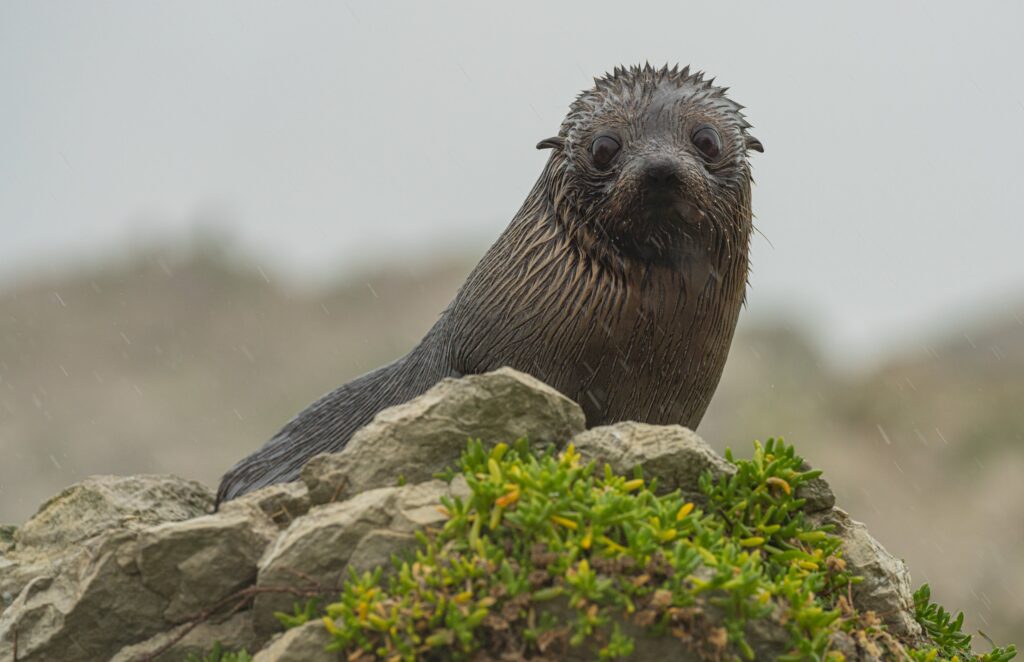
Most Endangered Mammals
As an animal lover, my heart breaks knowing so many species are under threat of extinction. But together, we can take action to protect endangered wildlife around the globe! Here are the top 10 mammals most at risk according to the IUCN Red List:
The Javan Rhino is the most endangered, with only about 60 left in the wild. These prehistoric-looking creatures are poached for their horns, used in traditional Asian medicines. To help, support anti-poaching efforts and rhino conservation groups working to protect remaining habitats.
Cross River Gorillas number only about 300. Found in Nigeria and Cameroon, these great apes face threats from hunting, habitat loss, and disease. You can adopt a gorilla, donate to the Cross River Gorilla Project, or write to politicians urging them to protect critical habitats.
There are likely fewer than 100 Vaquita Porpoises, the world’s smallest marine mammal. These adorable porpoises often drown in gillnets, so banning gillnet fishing and transitioning to safer nets could save the species. Support organizations pushing for policy changes and donate to help enforce current protections.
With around 60 Amur Leopards left this big cat is perilously close to extinction. Found in Russia and China, loss of prey and habitat as well as poaching have devastated populations. Donate to groups protecting habitats, sponsoring anti-poaching units, and monitoring wild leopards.
The Borneo Pygmy Elephant, with only about 1,500 left, is threatened by habitat loss and conflict with humans. These smallest elephants need connected protected areas to survive. Ask politicians and palm oil producers to protect critical habitats. Support WWF’s efforts in creating wildlife corridors.
The Cross River Gorilla, Javan Rhino, Vaquita, Amur Leopard, and Borneo Pygmy Elephant are just a few of the mammals in dire need of our help. Together, we can take action by raising awareness, donating and volunteering with conservation groups, and urging policymakers worldwide to make protecting endangered species and habitats a priority. Every small act makes a difference in ensuring these incredible animals survive and thrive for generations to come!
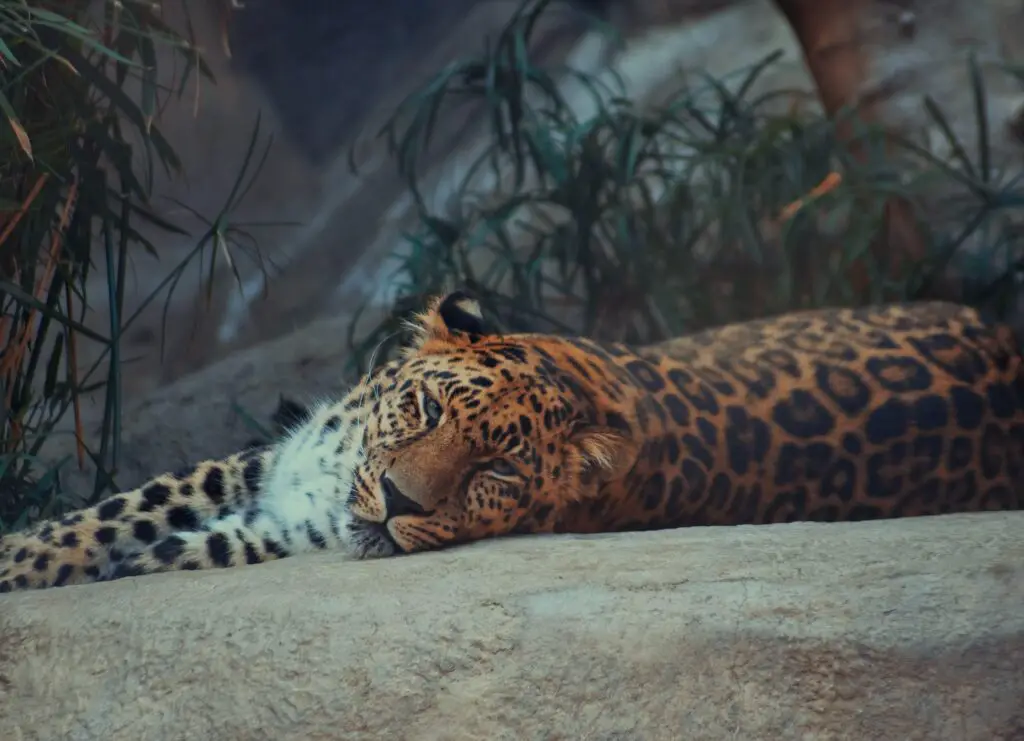
The Top 10 Most Endangered Birds
I’m an avid bird watcher and am passionate about protecting endangered species around the globe. According to the IUCN Red List, there are over 1,300 bird species threatened with extinction. As bird populations decline at an alarming rate due to habitat loss, poaching, and climate change, we must take action now to save these magnificent creatures.
Here are the top 10 most critically endangered birds in the world:
- Javan Rhinoceros Hornbill – Found in Indonesia, only about 40 remain in the wild. Deforestation is destroying their habitat.
- Spoon-billed Sandpiper – This little shorebird migrates from Siberia to Southeast Asia. Only about 100 breeding pairs are left due to habitat destruction.
- Orange-Bellied Parrot – Endemic to Australia, under 100 exist today. Loss of habitat and predators threaten them. An intensive captive breeding program is underway to save this beauty.
- Philippine Eagle – The national bird of the Philippines is a majestic raptor. Fewer than 500 left due to deforestation and hunting. Strict protections have been put in place, but enforcement is difficult.
- Black-Footed Albatross – These seabirds breed on Midway Atoll but face threats from longline fishing, plastics pollution, and sea level rise at their breeding colony. Only about 67,000 remain.
- Sumatran Ground-Cuckoo – Found only in Sumatra, Indonesia. Deforestation for palm oil plantations destroyed much of their habitat. Estimated only 50-250 left in the wild.
- Swift Parrot – Endemic to Australia and Tasmania. Loss of habitat and predators are major threats. About 1,000 are left in the wild, but the population is declining rapidly.
- Yellow-Breasted Bunting – Once abundant in Asia, now under 10,000 remain. Trapped illegally for the pet trade and loss of habitat are devastating them.
- Spoon-billed Sandpiper – Another shorebird that migrates from Russia to Southeast Asia. Only about 100 breeding pairs are left due to habitat loss and hunting. An international effort is underway to save them.
- Chinese Crested Tern – Thought to be extinct for decades until rediscovered in 2000. Only about 50 are known to exist. Breeds on islands in the South China Sea. Habitat loss and predators threaten them.
The plight of these endangered birds is dire, but together we can make a difference through conservation, education, and action. Every small act helps, so please do your part to support organizations protecting endangered wildlife. Our planet’s beauty depends on the survival of these creatures. What will you do today to help?
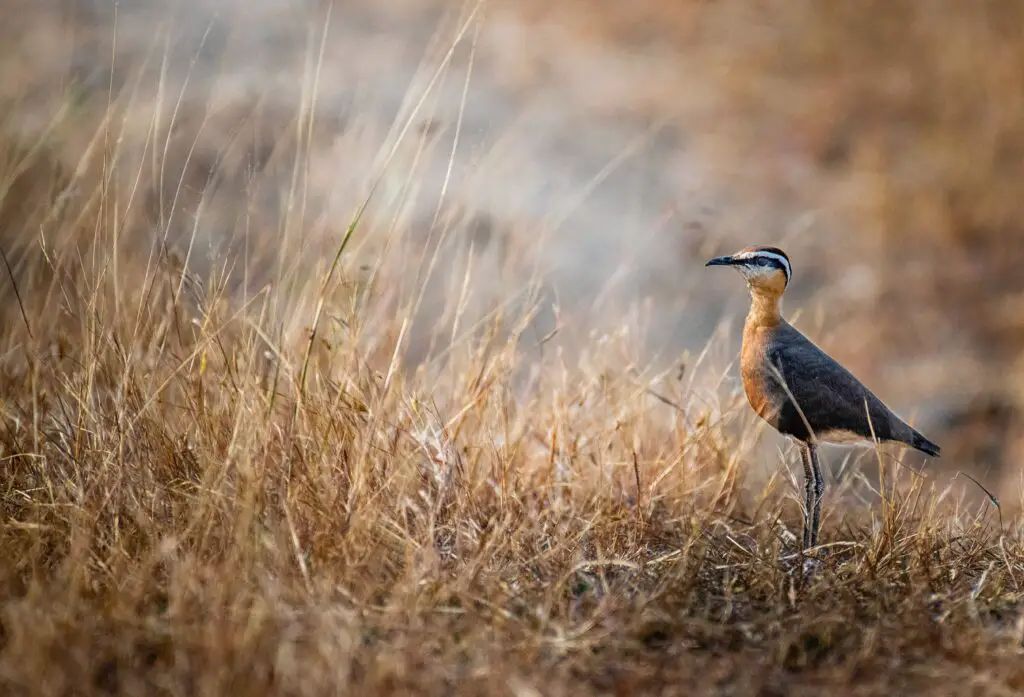
Most Endangered Reptiles
The following reptiles desperately need our help to survive and thrive. As an animal lover, I feel passionate about protecting these vulnerable species. Every little bit helps, so please take action now by raising awareness, reducing pollution, and supporting organizations aiming to conserve these precious reptiles.
1. Cayman Islands Ground Iguana
This iguana is found only in the Cayman Islands and has lost over 60% of its habitat. I eagerly support local efforts to protect nesting beaches and create wildlife corridors. Every hatchling matters!
2. Bog Turtle
The bog turtle population has declined over 90% due to habitat loss and collection for the pet trade. We must defend the remaining wetlands and bogs where these tiny turtles dwell. I proudly support organizations protecting bog turtle habitats.
3. Leatherback Sea Turtle
As the largest turtle and one of the largest reptiles, the leatherback sea turtle is a magnificent creature. Tragically, these turtles often get entangled in fishing gear or ingest plastic pollution. I wholeheartedly support beach cleanups, reduced single-use plastics, and policies protecting sea turtles. Every action makes a difference!
4. Tuatara
Found only in New Zealand, tuataras are the sole survivors of an ancient reptile order. Predators, habitat loss, and climate change threaten these “living fossils.” I fully support predator control, habitat restoration, and reduced carbon emissions to safeguard tuataras for generations to come.
5. Spotted Turtle
The spotted turtle population has dropped over 90% due to habitat loss and the pet trade. Remaining habitats must be protected, and laws against poaching strictly enforced. I enthusiastically support wetland conservation and habitat protection for these spotted beauties. Every species deserves a chance to thrive!
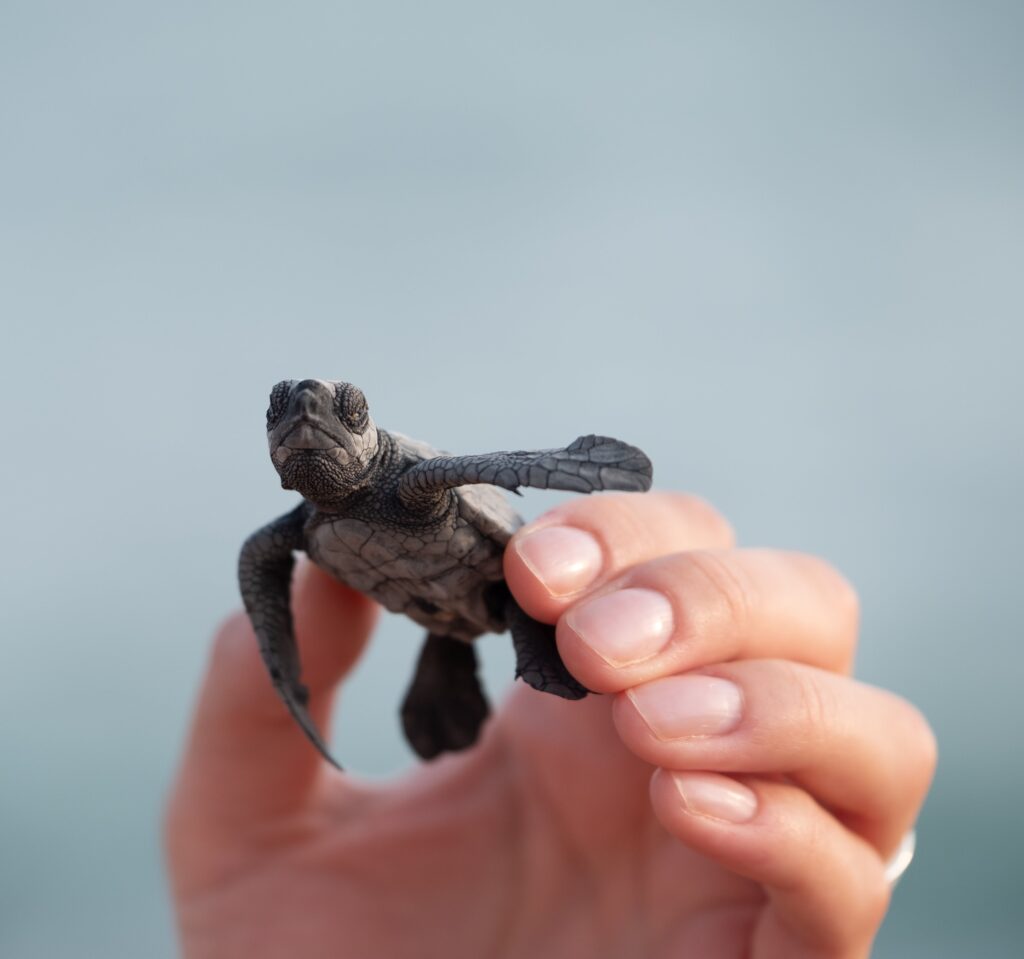
The Top 10 Most Endangered Amphibians
The world is home to over 8,000 amazing amphibians, from colorful tree frogs to slimy salamanders. Unfortunately, many of these incredible creatures are under threat of extinction due to habitat loss, climate change, and disease. According to the International Union for Conservation of Nature (IUCN), nearly one-third of the world’s amphibians are endangered or vulnerable.
As an enthusiastic animal lover and advocate for wildlife conservation, I feel a personal responsibility to spread awareness about endangered amphibians and encourage actions that can help protect them. Here are the top 10 most endangered amphibians in the world and what you can do to help:
- Chinese Giant Salamander: The largest amphibian in the world is in serious trouble due to hunting and habitat destruction. Help by avoiding purchasing giant salamander products.
- Lake Titicaca Frog: Found only in Lake Titicaca on the border of Peru and Bolivia, this frog is critically endangered due to overharvesting, habitat loss, and pollution. Support conservation efforts for the lake habitat.
- Wyoming Toad: Once thought extinct, less than 1,000 Wyoming toads remain in the wild. Help fund recovery and breeding programs through organizations like the Toad Detour.
- Caecilian (legless amphibian): Very little is known about these secretive amphibians, many of which are endangered. Donate to organizations like Amphibian Survival Alliance that fund research on caecilians.
- Mississippi Gopher Frog: Only around 100 Mississippi gopher frogs left. Protect and restore their longleaf pine habitat in the Southeastern U.S.
- Golden Toad: Sadly, this beautiful Costa Rican toad was declared extinct in 2004. Support Red List assessments of endangered amphibians by donating to the IUCN.
- Titicaca Water Frog: Endemic to Lake Titicaca, this frog is critically endangered. Help by supporting local education and conservation efforts. Reduce pollution that threatens its habitat.
- Darwin’s Frog: Native to Chile and Argentina, Darwin’s frog is endangered and declining rapidly. Donate to organizations like Amphibian Survival Alliance that are working to protect remaining populations.
- Tomato Frog: Found only in Madagascar, the brightly colored tomato frog is endangered due to overcollection and habitat loss. Never purchase wild-caught tomato frogs as pets. Support habitat protection in Madagascar.
- Spiculated Rock Frog: Recently discovered in India, little is known about this critically endangered frog. Support organizations conducting research and protection efforts for amphibians in India.
Every action matters when it comes to protecting endangered wildlife. I encourage you to support organizations working to save these amazing amphibians and take steps in your daily life to reduce threats like pollution and habitat loss. Our planet’s incredible biodiversity depends
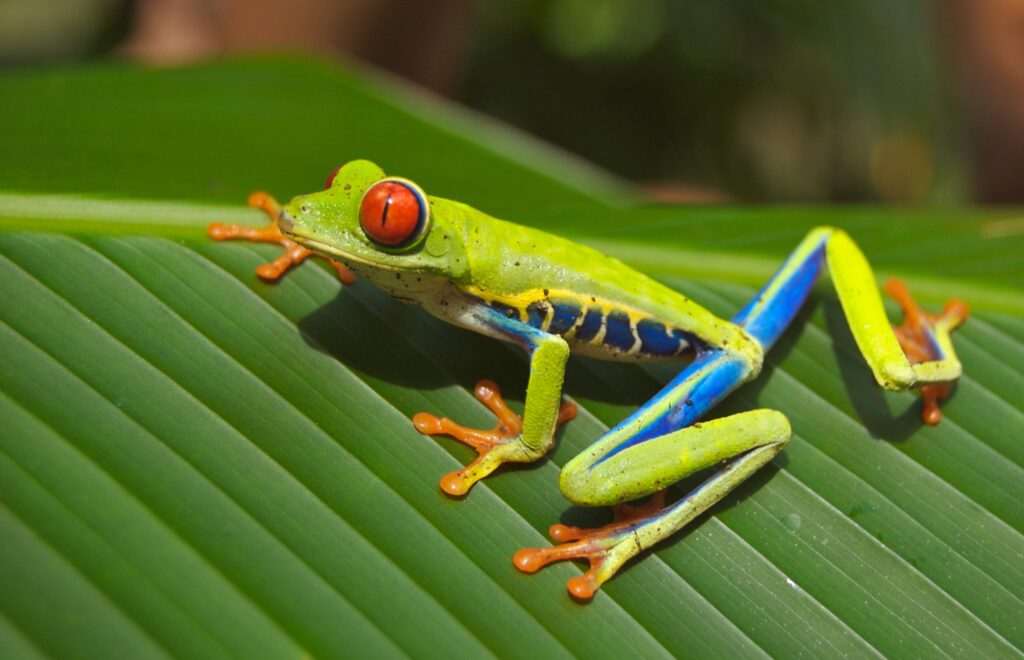
Most Endangered Fish
When I think about endangered wildlife, fish aren’t usually at the top of my list. However, according to the International Union for Conservation of Nature (IUCN), over a quarter of fish species are threatened with extinction. As someone who cares deeply about protecting animals in peril, I wanted to shine a spotlight on the fish that need our help the most.
1. Vaquita
The vaquita is the world’s smallest cetacean and one of the rarest marine mammals. Only about 60 individuals remain in the wild. These little porpoises get entangled and drowned in gillnets used by illegal fishing operations in the Gulf of California. Urgent action is needed to eliminate this threat and allow their numbers to rebound.
2. Totoaba
The totoaba is a critically endangered fish found only in the Gulf of California. Valued for its swim bladder, totoaba have been heavily poached. Sadly, their plight is tied to the vaquita as they often get caught in the same deadly nets. Banning gillnet fishing and increasing enforcement are critical steps to save both species.
3. Mekong Giant Catfish
The Mekong giant catfish is one of the largest freshwater fish in the world. It is found in the Mekong river but now only about 300 remain. Destruction of habitat due to damming, pollution and overfishing have devastated populations. Catch-and-release programs aim to protect these gentle giants, but much more is needed to bring numbers back to a sustainable level.
4. European Eel
The European eel has seen its numbers drop by over 90% in the last 30 years. They spawn in the Sargasso Sea but spend most of their lives in rivers and streams across Europe and Northern Africa. Pollution, habitat loss, and changes in ocean conditions have made their already epic migration nearly impossible. Conservation efforts are underway but we have a long way to go to save this culturally and environmentally important fish.
I could go on for pages about the fish in peril and what we can do to help. Our planet’s waters are home to such a dazzling array of life, so join me in raising awareness and taking action for our finned friends in need. Every small act makes a difference in protecting endangered wildlife around the world.
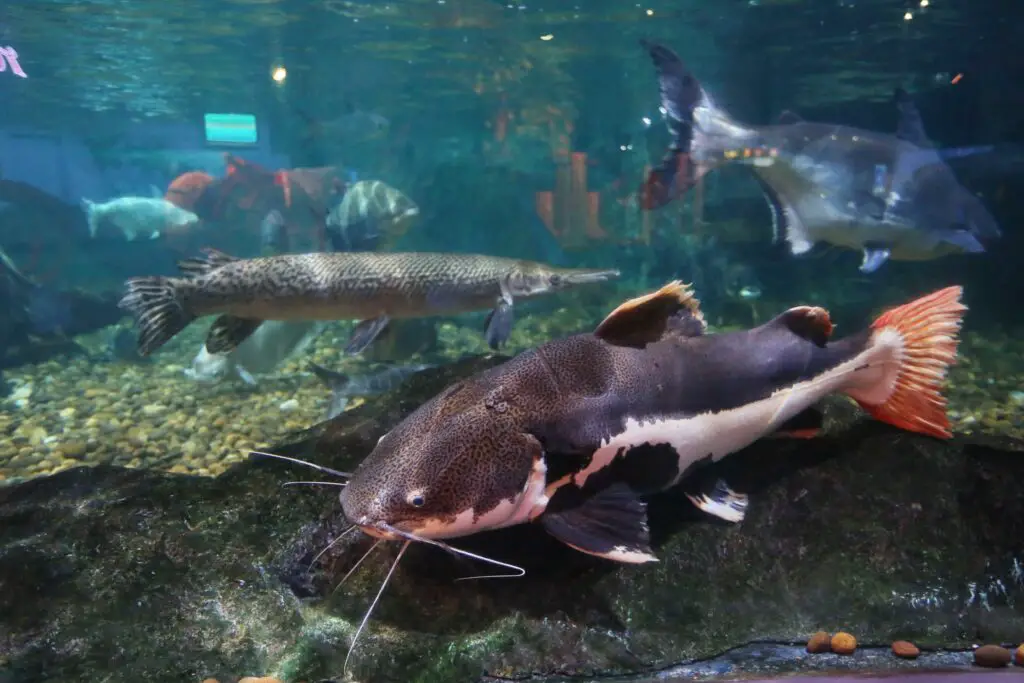
Why Endangered Species Matter and How Extinction Impacts Ecosystems
Saving endangered wildlife is crucial to maintaining healthy ecosystems.
When species go extinct, it damages the delicate balance of our planet’s interconnected web of life. Predators lose their prey, pollinators lose the plants they pollinate, and scavengers lose sources of food. These ripple effects spread throughout the ecosystem.
For example, if bees were to disappear, many plants would lose their primary pollinator. Without pollination, plants can’t reproduce and entire populations of plants die off. This would devastate not only the plants themselves but also all the animals that depend on those plants for food and shelter. The loss of just one species can set off a disastrous chain reaction.
Preserving biodiversity is vital for humanity’s survival.
Many endangered species provide resources and services essential to human life. Coral reefs, mangroves, and coastal wetlands act as nurseries for commercial fish and shellfish. Plants contain compounds that could potentially be used for new medicines. Pollinating insects are responsible for one out of every three bites of food we eat.
We share this planet with millions of species that make up a complex web of interdependencies. When we lose pieces of this web through extinction, it compromises the health of our ecosystems and jeopardizes our own survival. That is why we must take action now to protect endangered wildlife around the world. Every species matters in maintaining the delicate balance of nature.
By protecting endangered species today, we are investing in the future of our planet. We owe it to future generations to pass down a world as rich in biodiversity as the one we inherited. Together, we can make a difference through conservation and education. Every small act helps to ensure that these magnificent creatures will continue to roam the Earth for generations to come.
What You Can Do to Help Protect Endangered Wildlife
As an animal lover, I feel passionate about protecting endangered wildlife and ensuring future generations can enjoy Earth’s amazing biodiversity. Here are a few actions you can take to help vulnerable species from extinction:
Donate to Reputable Wildlife Conservation Organizations
Many organizations are working hard to protect endangered animals and their habitats. Donate money or your time to groups like the World Wildlife Fund, the National Wildlife Federation, or local wildlife sanctuaries and rehabilitation centers. Every dollar helps fund important programs protecting endangered species.
Reduce Your Environmental Footprint
Make eco-friendly choices in your daily life to decrease pollution and conserve natural resources. Use reusable bags, cut down on single-use plastics, walk or bike when possible, and recycle and compost as much as you can. Together, these actions significantly help the environment and make a real difference for wildlife.
Spread Awareness About Endangered Species
Educate family and friends about endangered animals in your area and around the world. Share information on social media, give classroom presentations or organize community events. Together, we can raise awareness and encourage more people to take action to protect vulnerable wildlife.
Travel Responsibly
If you’re an avid traveler, choose destinations and tour companies that practice ecotourism and support local conservation efforts. Never participate in activities that exploit endangered animals like elephant riding, tiger petting or dolphin encounters. Instead, go on wildlife viewing excursions with certified guides to see animals in the wild. Your tourism dollars can help motivate communities to protect endangered species and their habitats.
Every small action matters when it comes to protecting our planet’s endangered wildlife. Do your part and encourage others to join the cause. Together, we can ensure vulnerable species survive and thrive for generations to come! Let’s get started today. Our endangered animals need our help.
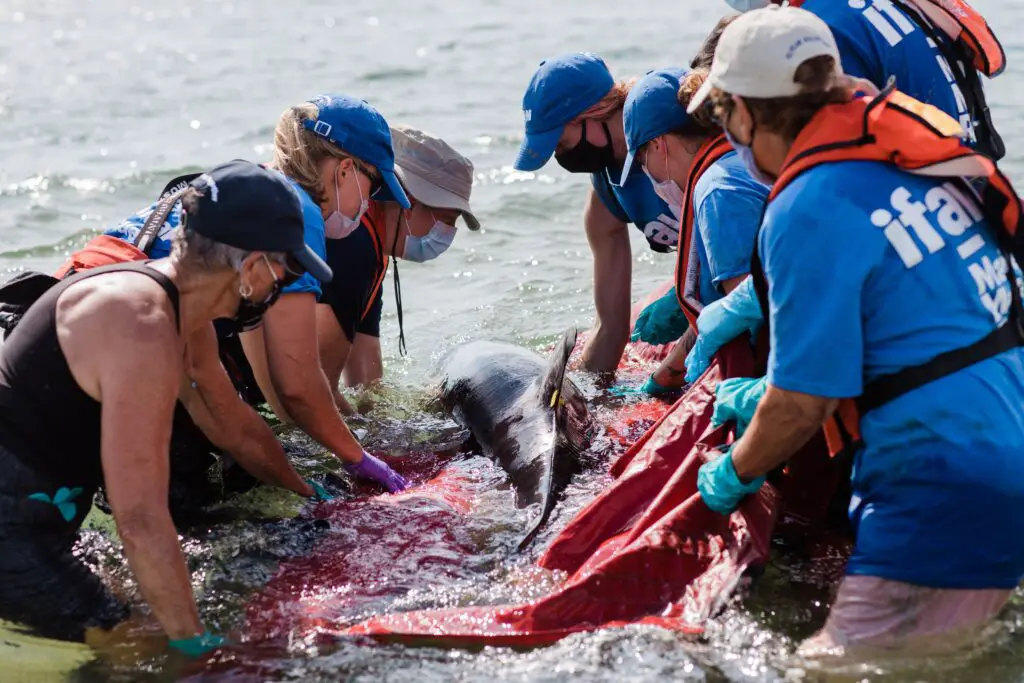
Frequently Asked Questions About Endangered Wildlife Conservation Efforts
I’m often asked how people can get involved and make a real difference in protecting endangered species. Here are some of the most common questions I receive:
How can I help endangered wildlife in my local area?
There are so many ways to help your local wildlife! You can volunteer at an animal shelter or wildlife refuge, adopt pets from shelters instead of buying them, and keep your cats indoors to avoid predation of local wildlife. You should also properly secure trash in wildlife-proof containers and pick up litter in natural areas. Reducing pollution and conserving natural resources are other ways to help. Every action makes a difference!
What organizations can I support to help endangered wildlife?
Some of the top organizations that work to protect endangered species include the World Wildlife Fund, the Nature Conservancy, Conservation International, and the Wildlife Conservation Society. These groups work around the globe to establish wildlife preserves and sanctuaries, curb poaching and wildlife crime, and advocate for endangered species protection policies. Donating or becoming a member is a great way to support their important work.
How can I raise awareness about endangered wildlife?
Spreading the word about endangered species is key to gaining support for conservation efforts. You can share information on social media, give presentations in your local schools, organize fundraising events, and write letters to government officials and media outlets. Every voice matters in raising awareness and encouraging action. Together, we can make a difference in ensuring threatened wildlife populations survive and thrive for generations to come.
The future of endangered wildlife is in our hands. By taking action, both big and small, we can protect vulnerable species in our local communities and around the world. Every step towards conservation counts, so get involved today and be part of the solution! Our planet’s rich biodiversity depends on the collective efforts of people who care.
